Tokyo, the dynamic capital of Japan, is a mesmerizing blend of tradition, innovation, and boundless energy. Tokyo is a vibrant blend of ancient temples, beautiful gardens, and futuristic skyscrapers.
As one of the world’s most populous cities, Tokyo thrives as an epicenter of cutting-edge technology, fashion, and culture. Each district in this bustling city tells its own story, from the bustling streets of Shibuya adorned with dazzling screens to the serene pathways of Asakusa leading to the ancient Senso-ji temple.
Tokyo is a city that seamlessly balances the reverence for its rich history and the constant drive towards the future, offering visitors a captivating experience of contrasts and diversity at every turn.
Tokyo is also home to the world’s busiest pedestrian crossing, famously known as the Shibuya Crossing. It’s estimated that over a thousand people cross at a time during rush hour, creating a mesmerizing and iconic sight as the traffic stops in all directions, allowing swarms of people to cross the intersection from multiple sides, creating a beautifully orchestrated chaos that symbolizes the city’s energetic pace and vibrant urban life.
1. Getting Around:
Public Transportation: The most efficient way to navigate Tokyo is through its extensive and punctual public transportation system. Purchase a Suica or Pasmo card, JR Pass, or use your phone for a digital suica card for seamless travel on trains, subways, and buses.
Language: While many signs and public transportation announcements are in English, learning a few basic Japanese phrases can be incredibly helpful.
Walking and Biking: Tokyo is surprisingly walkable, and renting a bike can be a fun and eco-friendly way to explore certain areas, especially in quieter neighborhoods.
2. Accommodation:
Location: Choose accommodation close to a subway or train station to ease travel around the city. Areas like Shinjuku, Shibuya, and Asakusa offer a wide range of hotels and Airbnb options.
Capsule Hotels and Ryokans: For a unique experience, consider staying in a capsule hotel for a night or enjoying a traditional ryokan (Japanese inn) for a taste of authentic Japanese hospitality.
3. Cultural Etiquette:
Respect: Japanese culture highly values respect. Simple gestures like bowing slightly when greeting someone and saying “arigatou” (thank you) will be appreciated.
Shoes Off: In many traditional places, homes, and some restaurants, it’s customary to remove your shoes before entering. Look for the presence of slippers or a designated area for shoes.
4. Dining:
Street Food and Izakayas: Don’t miss the opportunity to try street food from food stalls (yatai) and local izakayas for a taste of authentic Japanese cuisine.
Sushi and Ramen: Indulge in sushi at Tsukiji Fish Market or enjoy a steaming bowl of ramen in one of the numerous specialized restaurants.
5. Sightseeing:
Temples and Shrines: Tokyo is home to beautiful historic temples and shrines like Senso-ji in Asakusa and Meiji Shrine in Shibuya. Remember to be respectful when visiting these sites.
Observation Decks: Visit observation decks like Tokyo Skytree, Shibuya Sky, Tokyo Tower, or the Tokyo Metropolitan Government Building for breathtaking views of the city.
6. Shopping:
Electronics and Anime: Akihabara is a haven for electronics and anime enthusiasts. Dive into the myriad of stores offering the latest gadgets and manga/anime merchandise.
Fashion and Souvenirs: Shibuya and Harajuku are renowned for their fashion boutiques and unique souvenir shops.
7. Time Your Visit:
Seasonal Festivals: Check the local calendar for seasonal festivals like cherry blossom (sakura) season in spring and autumn foliage (koyo) in fall, which offer unforgettable experiences.
Crowds and Peak Hours: Be mindful of peak travel hours, especially on public transportation, to avoid the rush. Pay attention to national, regional, and school holidays to time your visit to Japan! Summer can be excruciatingly hot and humid, so plan your visit based on the weather forcast!
Things to Do in Tokyo
Tokyo Station: A definite must-visit of any major train station in Tokyo as it is one of the busiest transportation hubs in Japan. Tokyo Station was first opened in 1914 and has since become a symbol of the city’s modernization and growth. The station has played an important role in Japan’s history, serving as a hub for transportation and communication. Located in the heart of the city, it is a great starting point for exploring other nearby attractions such as the Imperial Palace, Ginza shopping district, and the Tokyo Tower. It’s also a great place to stop for souvenir shopping before catching a train to Narita International Airport.
Tokyo Tower: Tokyo Tower offers breathtaking views of the city from its two observation decks. Visitors can take in panoramic views of Tokyo from the Main Deck at 150 meters, or the Top Deck at 250 meters, which offers a 360-degree view of the city. The tower is an impressive feat of engineering and is considered a symbol of Japan’s post-war resurgence. Tokyo Tower is illuminated at night, providing a stunning spectacle that can be seen from many parts of the city. The tower’s illumination changes seasonally and for special events, making it a popular spot for photography.
Asakusa: Discover the historic Senso-ji Temple, the oldest temple in Tokyo. Stroll along Nakamise Shopping Street for authentic local snacks and traditional souvenirs. For a unique view of the city, enjoy a serene river cruise along the Sumida River.
Roppongi: Home to the Mori Art Museum, which is an art lover’s haven featuring contemporary exhibitions. From there, head to the Roppongi Hills Observation Deck to enjoy breathtaking views of Tokyo’s skyline.
Ueno Park: A cultural hub hosting the Tokyo National Museum and the Ueno Zoo. In the spring, the park is adorned with cherry blossoms, offering a serene and picturesque setting for visitors.
Zojoji Temple: A short walk from Tokyo Tower, it is a Buddhist temple located in the Minato district of Tokyo, Japan. The temple was founded in 1393 and is one of the most important temples in the country. The temple has a long and rich history, having been destroyed and rebuilt several times over the centuries. The current main hall was built in 1974 and is a modern reconstruction of the original building. One of the most distinctive features of Zojoji Temple is its massive wooden gate, called the Sangedatsumon. The gate is one of the few remaining structures from the Edo period and is considered an important cultural property.
Harajuku: Wander through the vibrant neighborhood of the fashion and shopping district of Kawaii (cute) style in Harajuku. Check out Takeshita Street, a pedestrian-only street lined with shops selling trendy fashion, accessories, and sweets. Pop into the plethora of vintage clothing stores or grab some street food!
Meiji Jingu (Meiji Shrine): a serene and spiritual Shinto shrine that is one of the most popular tourist attractions in Tokyo and a short walk from Harajuku.
Yoyogi Park: Yoyogi Park is one of the largest parks in Tokyo, with over 130 acres of green space, making it a great place to relax and enjoy nature in the heart of the city. The park has several walking paths, open spaces, and gardens that visitors can explore. It is a hub for cultural events and festivals in Tokyo. Throughout the year, the park hosts a range of events, including music festivals, traditional Japanese festivals, and sporting events. Visitors can enjoy these events and experience Japanese culture in a lively and vibrant setting. If you’re lucky in the spring, you may be able to experience hanami (drinking and eating while enjoying the beauty of the flowers) under the cherry blossoms!
Shinjuku: If you’re a night owl — explore the vibrant nightlife scene, including karaoke bars, izakayas (Japanese pubs), and nightclubs.
Shibuya Crossing and Shibuya Sky: Shibuya Crossing is a world-famous intersection in Tokyo, Japan, known for its incredible pedestrian traffic flow. It’s a must-visit spot for tourists looking to experience the bustling energy of Tokyo’s urban landscape. With an estimated 2,500 pedestrians crossing at peak hours, Shibuya Crossing is a spectacle of organized chaos that leaves visitors in awe. If you want to see the spectacle from above, you can see it at the Hikarie Building connected to Shibuya Station or at the Starbucks Shibuya Tsutaya, if you are thirsty. If you want to see it from 220 meters in the air, Shibuya Sky, located on the top floors of the Scramble Square skyscraper, provides a breathtaking view of the Shibuya area from above. Visitors can enjoy a panoramic view of the city, including the famous Shibuya Crossing, while sipping on coffee or cocktails at the observation deck. Combining a visit to Shibuya Crossing and Shibuya Sky is a perfect way to experience both the fast-paced energy of Tokyo’s street life and the breathtaking views of the city’s skyline.
Statue of Hachikō: Hachikō’s bronze statue can also be found outside Shibuya Station. This dog, an Akita, was known for faithfully awaiting his owner Ueno’s return to the station, where he would accompany him home from his work commute. The professor died at work and Hachiko waited patiently for his return every day for years after Ueno’s death. Hachiko is seen as a symbol of loyalty and devotion in Japanese culture.
Tokyo Disneyland and Tokyo DisneySea: Located near Tokyo Bay, these two theme parks provide an enchanting escape into the world of Disney, each offering unique experiences. Tokyo Disneyland is brimming with classic Disney attractions, while Tokyo DisneySea presents a nautical-themed adventure, along with exclusive rides and shows that can’t be found in any other Disney park. With a blend of whimsical attractions and entertaining parades, these parks are perfect for families, Disney fans, and anyone seeking a magical adventure.
Places to Eat & Drink in Tokyo
7-Eleven: If you haven’t been to a 7-Eleven in Japan, you may think this suggestion is crazy, but hear me out, this is not your normal American 7-Eleven convenient store. There are a wide variety of on-the-go foods here and a plethora of snacks. Try the rice balls (tuna mayo, spam, salmon & roe are a few favorites!), fried chicken, Chou cheese cream puffs, or sushi. It’s also a great place to get cash (RED ATMS are perfect for international cards from the US) or a quick cold (7-11 brand cafe au latte!) or hot coffee boss canned coffee or even an alcoholic beverage. Lawsons and Family Mart are also great choices to visit for a quick conbini run.
Happy Pancake: You had me at pancakes….but these are jiggly pancakes! Happy Pancake offers a wide range of flavors and toppings, such as chocolate, fruit, and whipped cream. They also offer savory options like bacon and cheese pancakes. Cozy and comfortable atmosphere to relax and enjoy a meal for breakfast or brunch.
Golden Gai: Located in Shinjuku, it is known for its unique atmosphere, with many of the bars being only big enough to seat a handful of people. The area is popular with locals and tourists alike and is a great place to experience the nightlife and culture of Tokyo. The perfect drink to try is a Japanese whiskey (Suntory) or a highball (Japanese whiskey with soda water). Enjoy Takoyaki (fried octopus balls)
Santa Monica Crepes and Kawaii Monster Cafe: Chances are, you’ve seen these locations on Instagram, and are a must-visit in Harajuku! Santa Monica Crepes offers a wide range of sweet and savory crepes with different flavors and fillings, allowing customers to choose their favorite or try something new. Kawaii Monster Cafe is a popular cafe that is known for its colorful and quirky interior design, as well as its unique menu items like rainbow grilled cheese. The cafe also serves other colorful and photogenic dishes and drinks, making it a popular spot for a fun and unusual dining experience.
Ichiran Ramen: a popular ramen restaurant chain in Japan. Diners sit in individual booths and can customize their order to their liking. This allows for a unique and personalized dining experience that is different from other ramen restaurants. They serve delicious, high-quality tonkatsu (pork bone broth) ramen. The noodles are made in-house and the broth is simmered for hours to develop a rich and flavorful taste. This restaurant is also pretty cheap and definitely worth stopping by if you’re a solo traveler!
Afuri Ramen: Popular for its yuzu-infused ramen, Afuri offers a refreshing twist to the classic dish. The light and citrusy flavors provide a unique and delightful dining experience that sets it apart from traditional ramen restaurants.
Tsukiji Fish Market: This vibrant market is a seafood haven where you can sample some of the freshest and most delectable sushi in the city. Take your pick from an array of fish, shellfish, and seafood delights, offering an authentic taste of Japan’s rich culinary tradition.
Maisen Tonkatsu: Experience one of the best tonkatsu (breaded, deep-fried pork cutlet) in the city. Maisen’s perfectly crispy yet tender tonkatsu is a must-try, showcasing the art of Japanese comfort food.
Kagari: Renowned for its exceptional chicken-based broth and perfectly made noodles, Kagari is a hidden gem for ramen enthusiasts. It’s a cozy space, perfect for warming up on a chilly day.
Ippudo Ramen: Popular for its rich, creamy tonkotsu ramen, Ippudo has earned a solid reputation for its consistently flavorful and comforting noodle bowls.
Dominique Ansel Bakery: From the creator of the famous Cronut, this bakery in Tokyo offers innovative pastries and sweets. Indulge in delightful treats and freshly baked goods that showcase a fusion of French and Japanese culinary craftsmanship.
Uobei Genki Sushi: Embrace the futuristic dining experience at this sushi chain. With its high-tech, touch-screen ordering system and sushi delivered to your table via a bullet train, it’s a thrilling and enjoyable way to dine.
Shirohige’s Creme Puff Factory: For a whimsical and delicious experience, visit this bakery famous for its Totoro-shaped cream puffs. Delight in these adorable and delectable treats inspired by the iconic Ghibli character.
Coco Ichibanya: Savor Japan’s popular comfort food at this curry house, allowing customers to customize their curry with various toppings. Enjoy a wide array of curry dishes, each with its unique flavor.
2D Cafe: Immerse yourself in a visual wonderland at this cafe, where the 2D world meets reality. Admire the artistry while sipping your coffee—a fascinating experience for manga and anime enthusiasts.
Ippuku&Matcha: This charming spot offers a blend of traditional and modern Japanese desserts and tea, inviting patrons to savor their delightful matcha-based confections in a relaxed and cozy atmosphere.
Aiya: Step into this restaurant specializing in tempura. Offering a refined dining experience, Aiya presents meticulously prepared tempura dishes in a serene setting.
Kumacha Onsen: Tokyo’s must-visit spot for a playful culinary experience with adorable “teddy bear hotpot.” Their quirky presentation involves a bear-shaped jelly that transforms into delicious broth. Enjoy unique flavors like katsuo, soy milk, chicken, Sichuan-style spicy dandan, and more.
Food Stalls: These can be found in many places all over Japan, but some great items to try — takoyaki, yakitori, taiyaki, gyoza, sushi, and ramen! Takoyaki: Delicious octopus-filled balls that are crisp on the outside and gooey on the inside, typically garnished with a sweet and savory sauce, mayo, and bonito flakes. Yakitori: Grilled skewers of various meats—chicken, beef, or pork—often seasoned with salty-sweet sauces or salt and pepper, offering a delightful smoky flavor. Taiyaki: Fish-shaped cakes (taste like a waffle!) traditionally filled with sweet red bean paste, although modern versions often include custard, chocolate, or other fillings. Gyoza: Pan-fried dumplings filled with a savory mix of ground meat and vegetables, perfect for a satisfying snack or a complete meal. Sushi: A Japanese staple made of vinegared rice topped with fresh fish, seafood, or vegetables, artfully crafted and varied in flavors and textures. Ramen: Noodles served in a flavorful broth, usually with toppings like sliced pork, seaweed, egg, and green onions, available in diverse styles from rich and creamy to clear and light.”
Places to Stay in Tokyo
Hotel Gracery Shinjuku: This hotel is just a short walk from Shinjuku Station, one of the busiest train stations in Tokyo, making it easy to explore the city. Hotel Gracery Shinjuku is famous for its Godzilla theme which features a giant Godzilla head on the side of the building and a themed room with Godzilla decor. This is a unique and fun experience that you won’t find at most hotels. The hotel offers a variety of room types to choose from, including standard rooms, deluxe rooms, and suites. All of the rooms are designed with comfort in mind, with comfortable beds, modern amenities, and a sleek, contemporary design. The hotel features several on-site dining options, including a Japanese restaurant, a steakhouse, and a cafe. There’s also a rooftop bar that offers panoramic views of the city and a photo-op with Godzilla!
Henn Na Hotel Maihama: Henn Na Hotel Maihama is a one-of-a-kind hotel experience that combines cutting-edge technology and unique design to create a truly memorable stay. Robotic dinosaurs welcome you at the front desk for check-in and check-out in multiple languages. This hotel provides a unique and fun experience that you won’t find anywhere else! The hotel is located in Maihama, just a short walking distance from Tokyo Disneyland and DisneySea, making it a great choice for families and theme park enthusiasts. It’s also just a 20-minute train ride from Tokyo Station, making it easy to explore other parts of the city.
Tokyo Station Hotel: Vintage elegance in the hip heart of Tokyo, a luxurious and historic hotel conveniently located above Tokyo Station. It is housed in the iconic Tokyo Station Marunouchi Building, a historic landmark that was originally built in 1914. The hotel has been carefully restored to preserve its original charm and elegance, while also incorporating modern amenities and conveniences. It’s a short distance from popular attractions like the Imperial Palace and the Ginza shopping district. The hotel boasts several top-notch restaurants and bars, including the Michelin-starred French restaurant Blanc Rouge and the chic and trendy Bar Oak. The restaurants offer a variety of international cuisines and innovative culinary creations, making them a must-visit for foodies.
The Capitol Hotel Tokyu: Located in a prime spot, The Capitol Hotel Tokyu is just a stone’s throw away from some of Tokyo’s most iconic attractions. The Imperial Palace, the heart of Japan’s monarchy, is within walking distance, providing a glimpse into the country’s rich history. Additionally, the upscale shopping district of Ginza is a short jaunt, making it ideal for retail therapy.
Andaz Tokyo: Situated in the elegant Toranomon Hills, Andaz Tokyo places you in close proximity to Tokyo Tower, the city’s iconic landmark. Enjoy the convenience of exploring this architectural marvel and its surroundings with ease. Roppongi, known for its bustling nightlife and art scene, is also a short distance away, promising a dynamic Tokyo experience.
Mandarin Oriental Tokyo: This luxurious hotel enjoys a fantastic location near Nihonbashi, a district known for its traditional crafts and rich cultural heritage. Furthermore, you’ll find yourself in the midst of the vibrant Nihonbashi and Otemachi financial districts, making it suitable for business travelers. It’s also a short journey to Asakusa, where you can explore Senso-ji Temple, the oldest temple in Tokyo.
Hoshinoya Tokyo: Immerse yourself in the heart of Tokyo’s urban culture while staying at the Hoshinoya Tokyo. Located in the vibrant Otemachi financial district, you’ll have easy access to business and cultural hotspots. Additionally, the historic Nihonbashi district is within walking distance, offering a unique blend of traditional Japanese craftsmanship and contemporary allure.
Need to Know
Transportation: Tokyo has an extensive public transportation system that includes trains, buses, and subways. You can purchase a rechargeable IC card (such as Suica or Pasmo) to use on all of these modes of transportation, which makes getting around the city much easier, or purchase a JR pass if planning on using the Shinkansen bullet train a few times. Google Maps and JapanTravel are great apps for navigating you through Tokyo’s transportation lines and pricing for each route.
Language: While English is spoken in some or most places, it’s a good idea to learn a few basic Japanese phrases, such as “hello” (konnichiwa), “thank you” (arigatou gozaimasu), and “excuse me” (sumimasen). Google Translate came in handy to translate a menu or image!
Cash: Many places in Tokyo (especially smaller shops and restaurants) only accept cash, so it’s a good idea to carry some yen with you at all times. Bigger shops do allow credit/debit card/tap to pay for purchases and some stores offer tax-free shopping over 5500 yen. You are also required to carry your passport with you in Japan, so don’t forget it in your hotel room! Tipping is not a common practice in Japan, so it’s not necessary to tip servers or taxi drivers.
Wi-Fi: While many places in Tokyo offer free Wi-Fi, it’s a good idea to rent a portable Wi-Fi device or purchase a local SIM card to ensure you have reliable internet access while traveling around or outside the city. We were able to mostly have wifi everywhere we went and could access it at most train stations, but reception underground and in rural areas is definitely spotty.
Convenience stores: Convenience stores (such as 7-Eleven, Lawson, and Family Mart) are located all over and are a great place to purchase food, drinks, and other essentials. If you sweat, make sure you pack deodorant and bring it with you, as Japan does not sell it!
Etiquette: Japanese culture places a strong emphasis on politeness and respect, so it’s important to be mindful of your behavior while here. For example, it’s considered impolite to eat or drink while walking, talking loudly, or on your phone while on a train, and it’s customary to remove your shoes before entering someone’s home or certain restaurants.
Above all, Japan is a wonderful place to visit, explore and learn a new culture. Tokyo is an excellent destination for solo travelers or even small groups looking to broaden their horizons and truly delve into its rich culture, flavors, and dynamic atmosphere.
Looking to Embark on Your Tokyo Adventure? Find Your Flights!
Are you feeling inspired to embark on an adventure to Tokyo, Japan? Dive into the unique blend of tradition and modernity, exquisite culinary experiences, and a rich cultural tapestry waiting to be explored.
Begin your travel planning by exploring flight options to this fascinating city:
Check out more Japan related posts:
exploring:

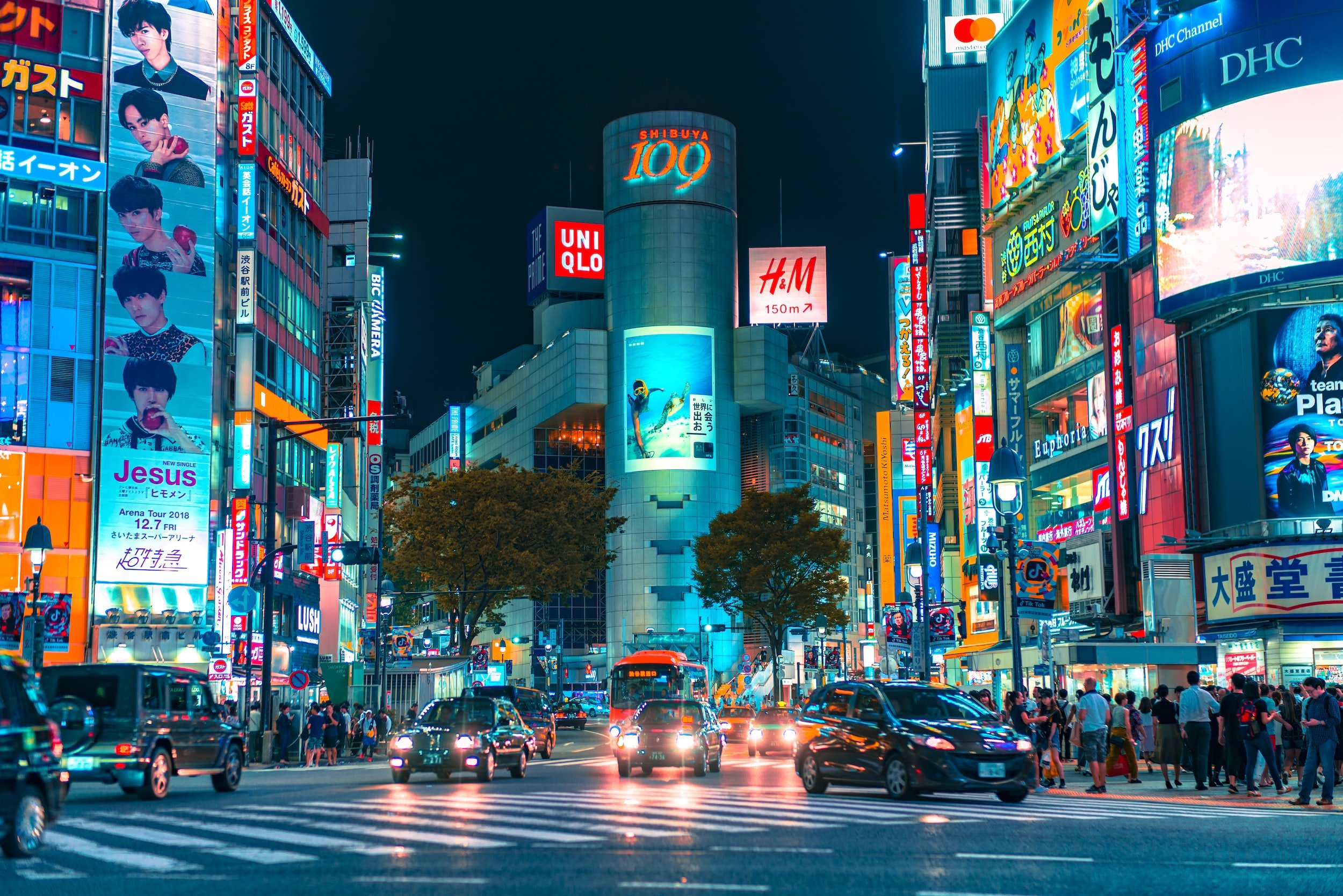

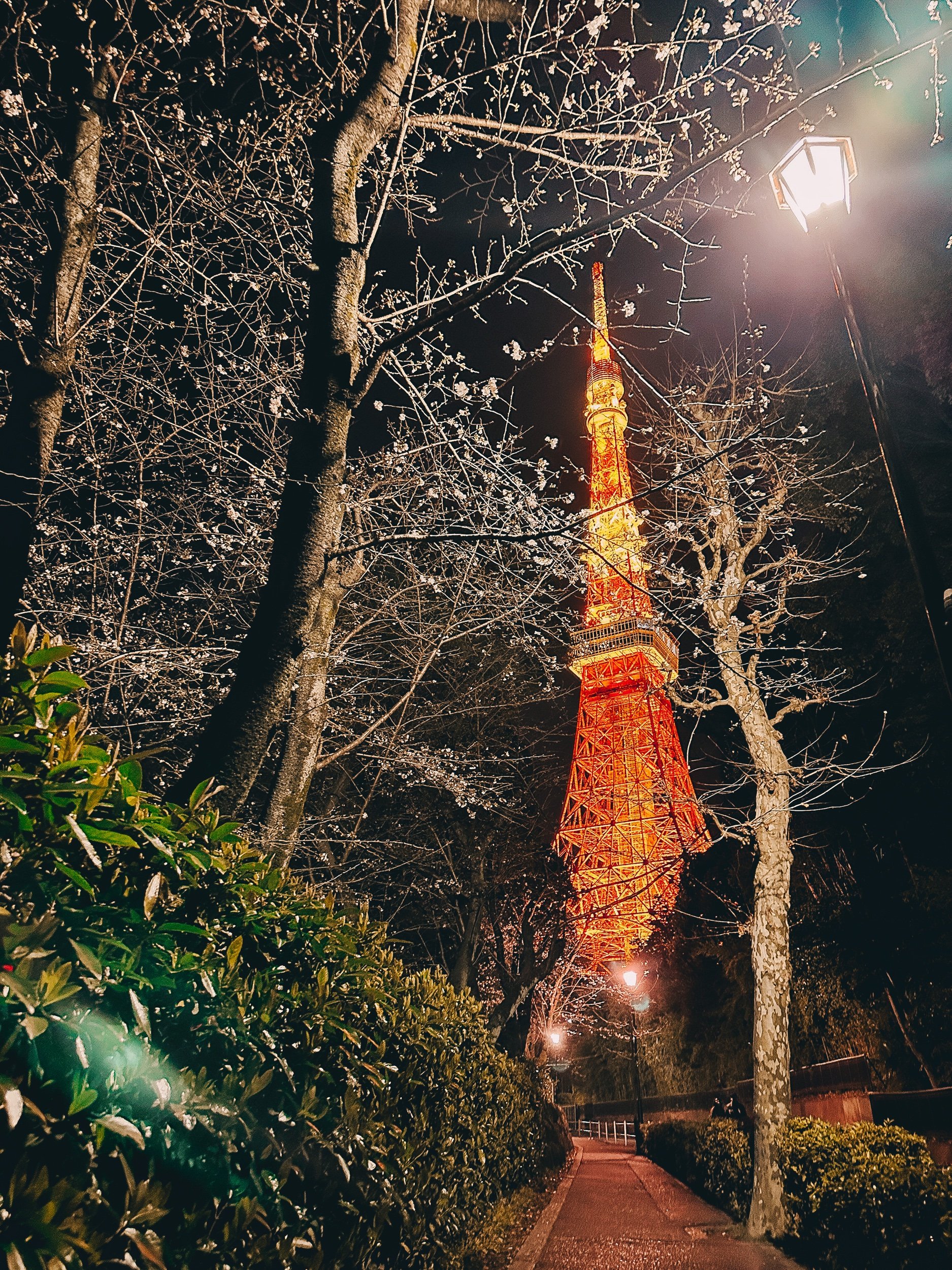

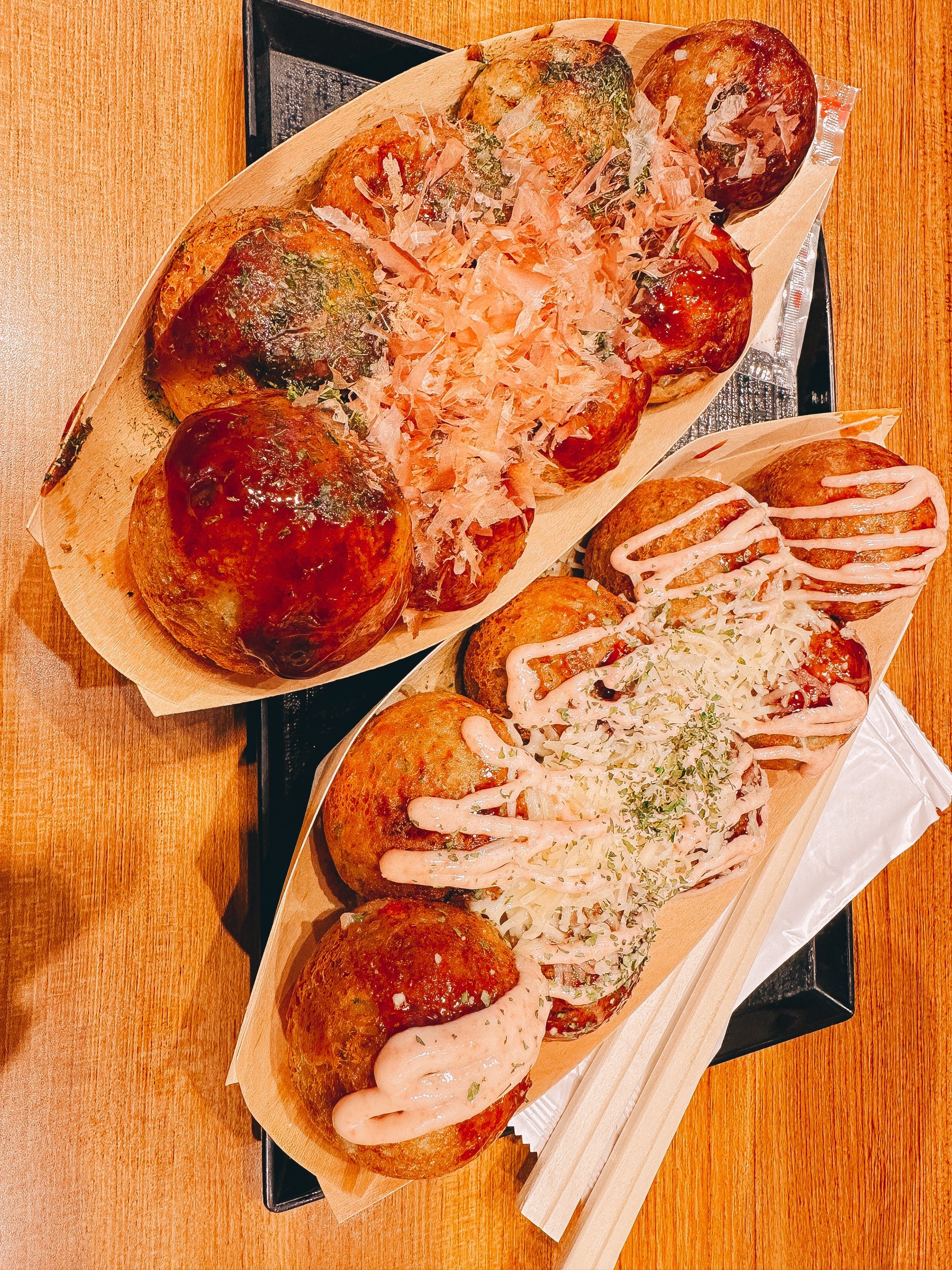
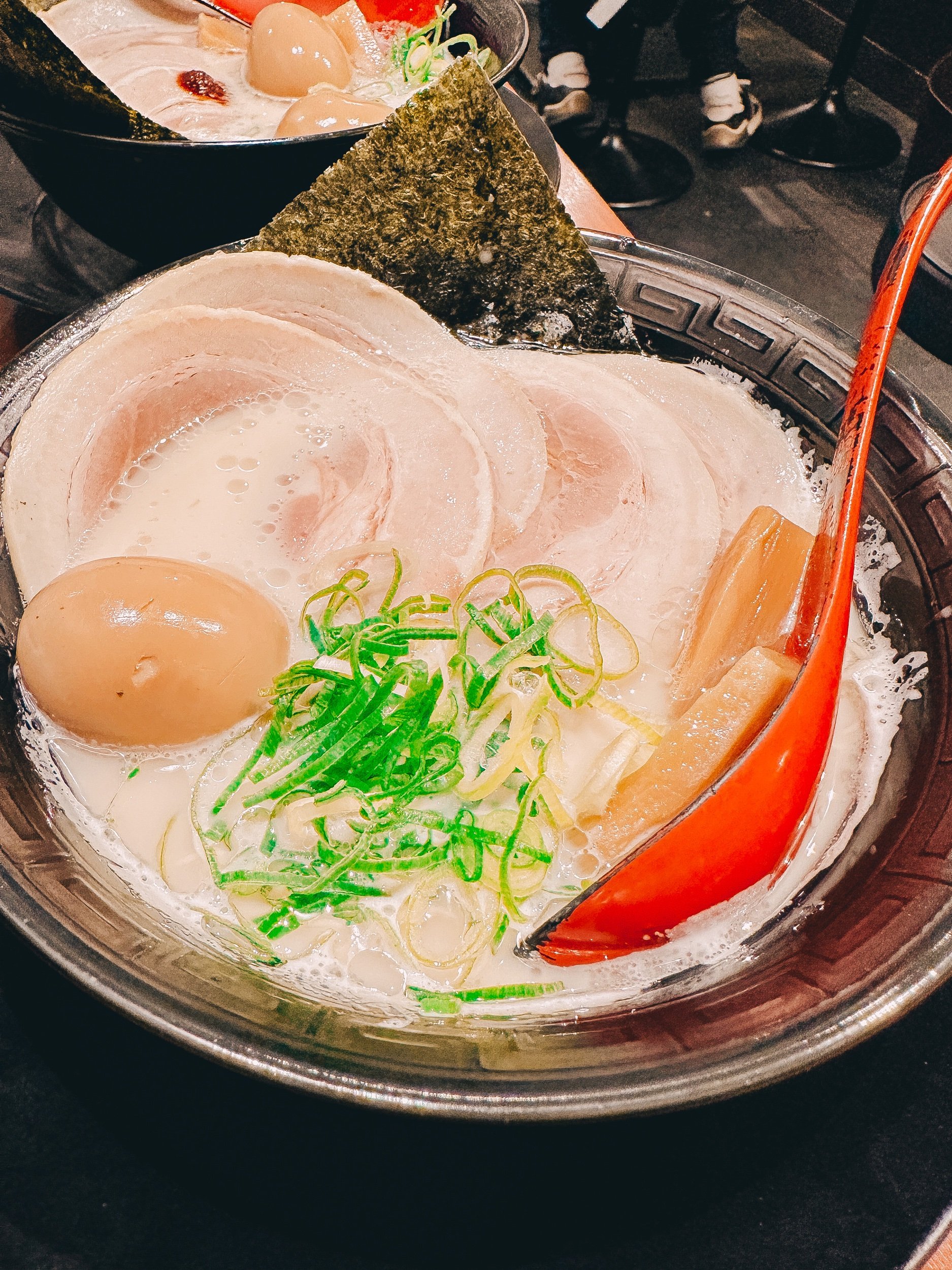



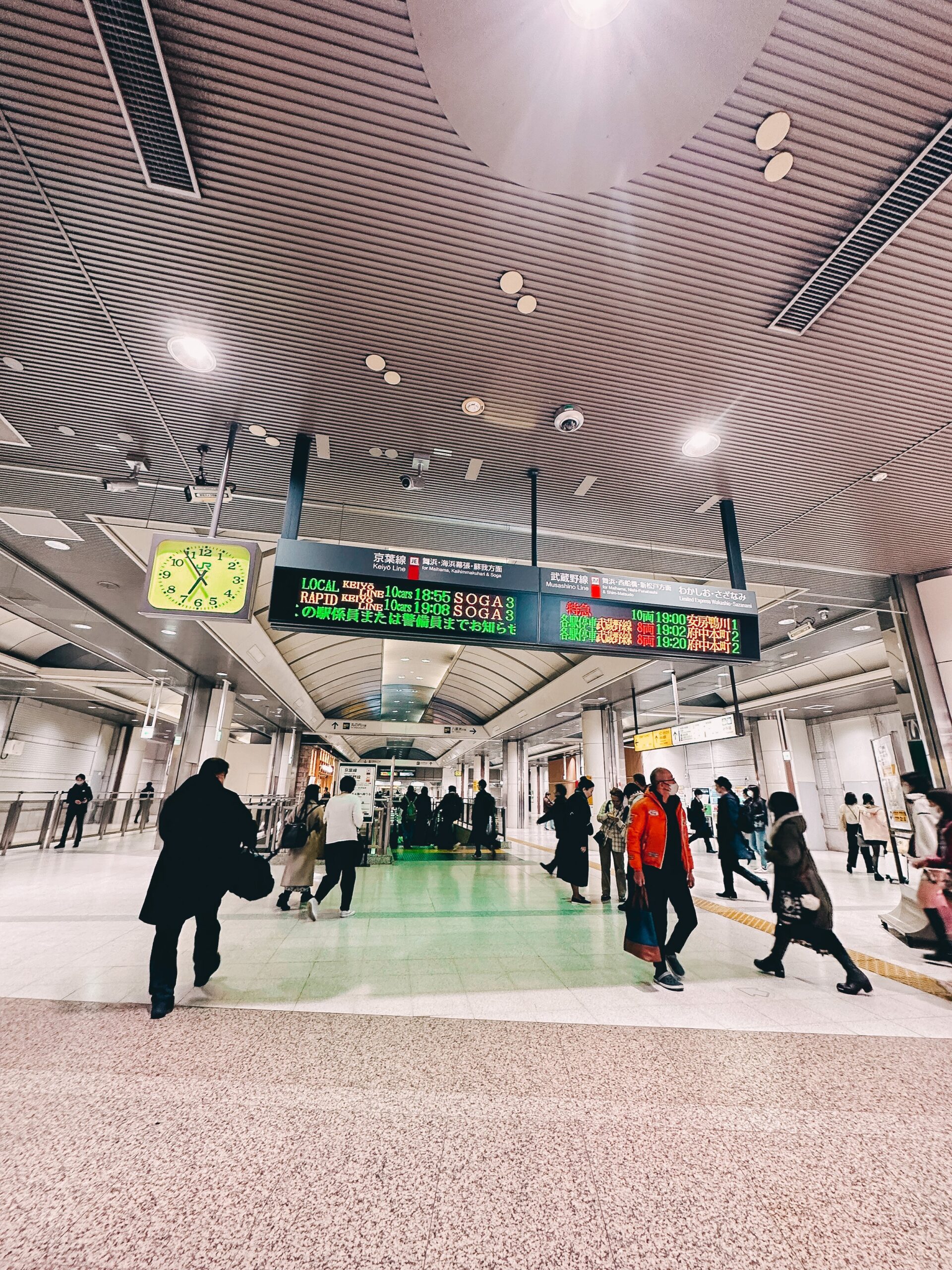

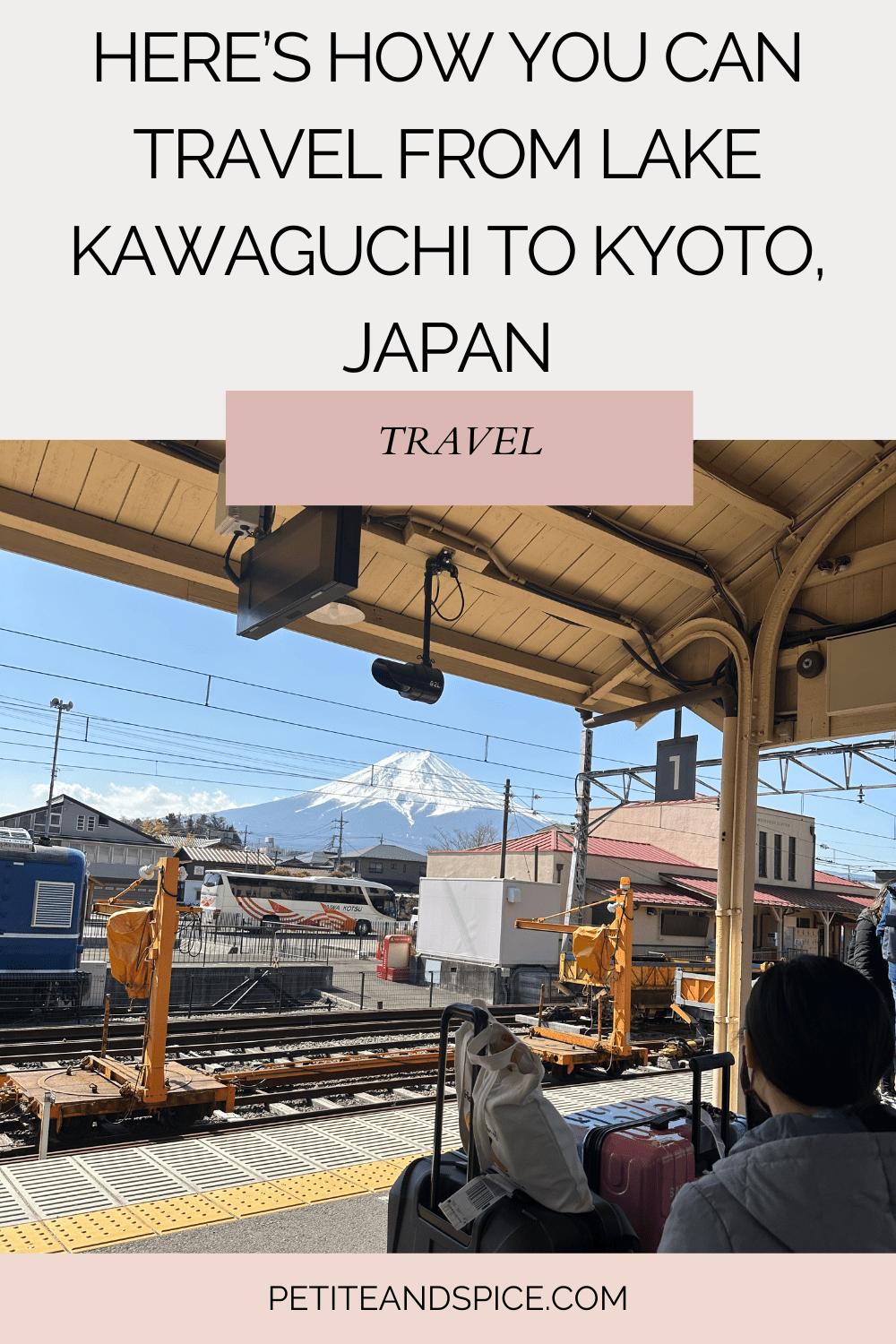
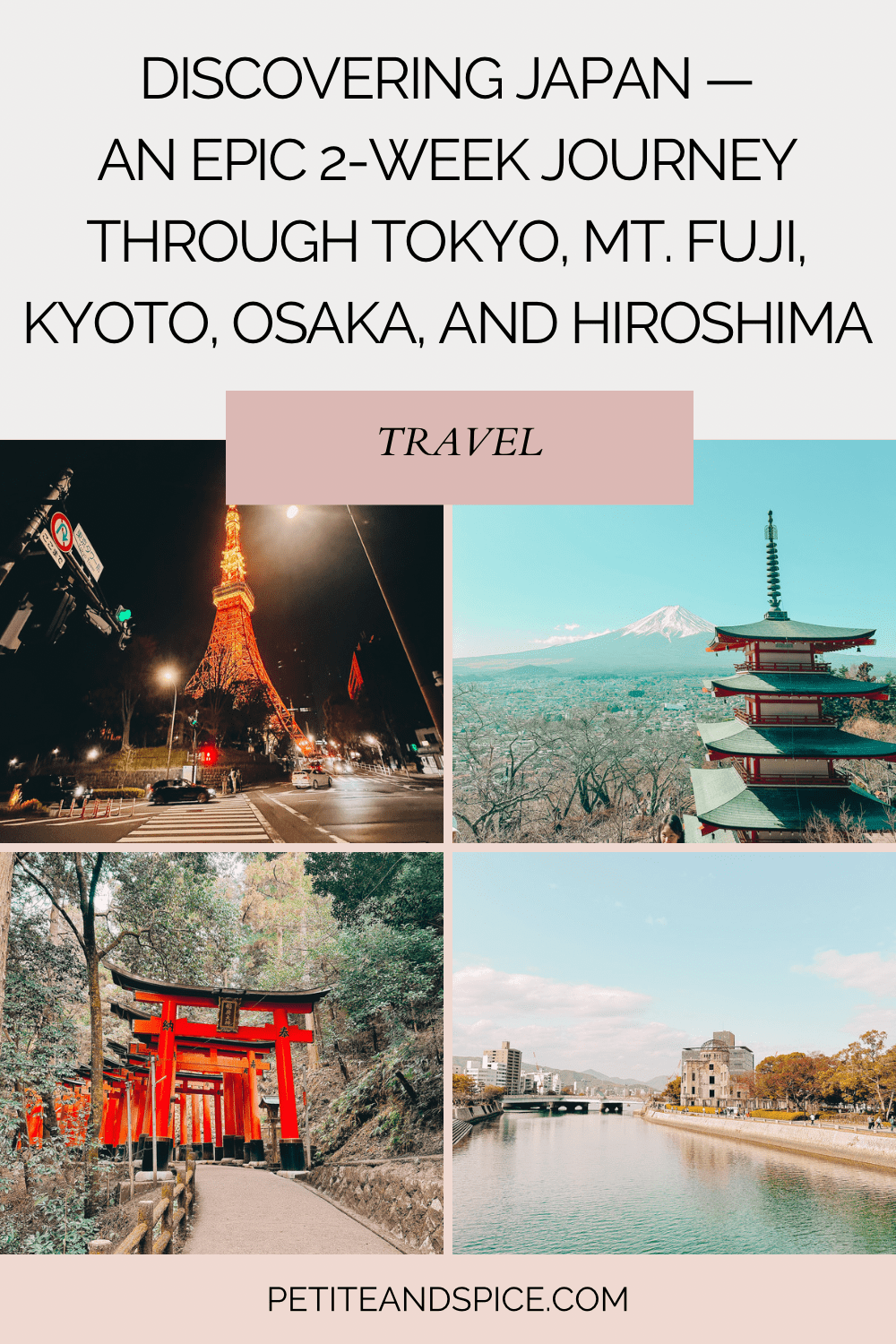
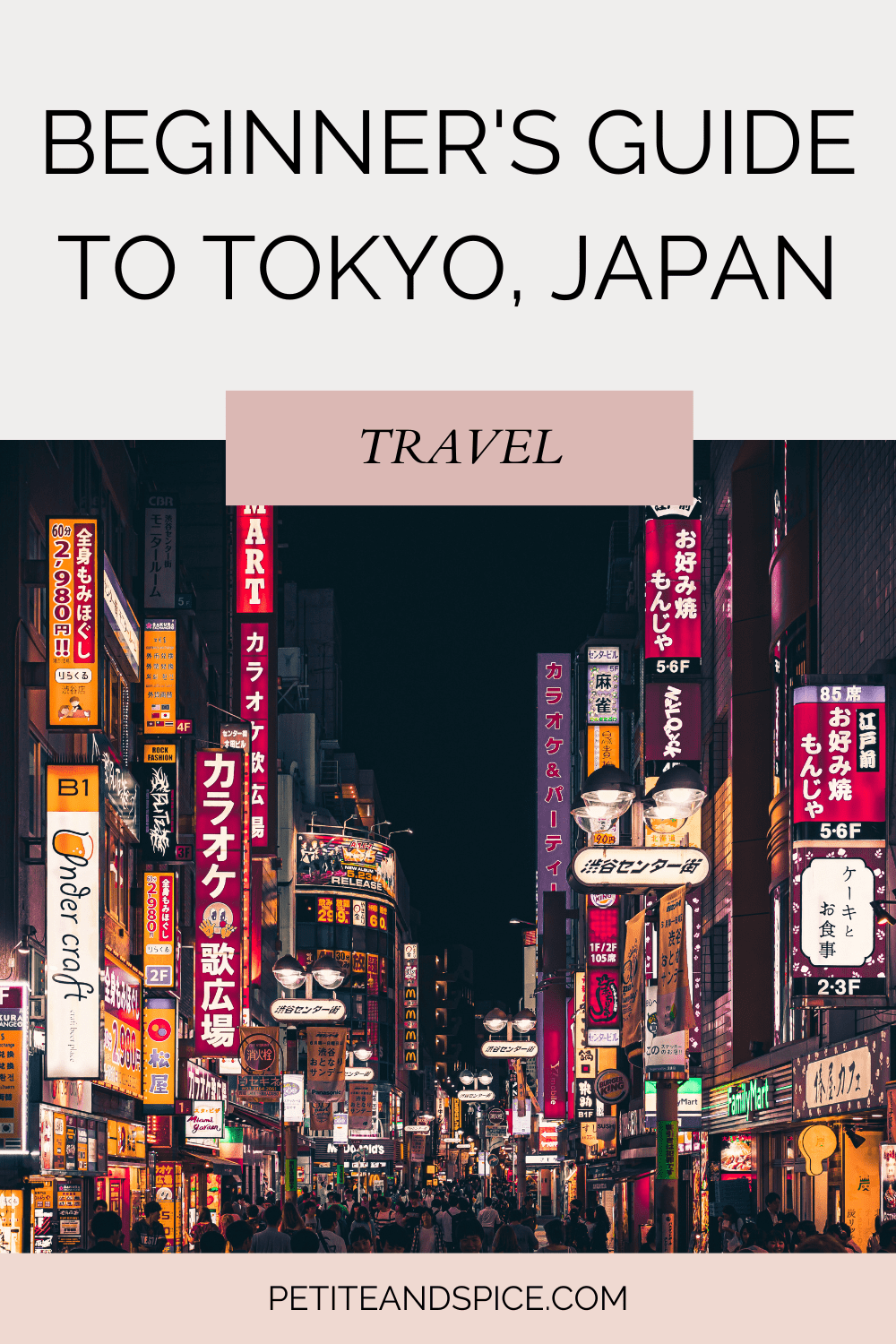
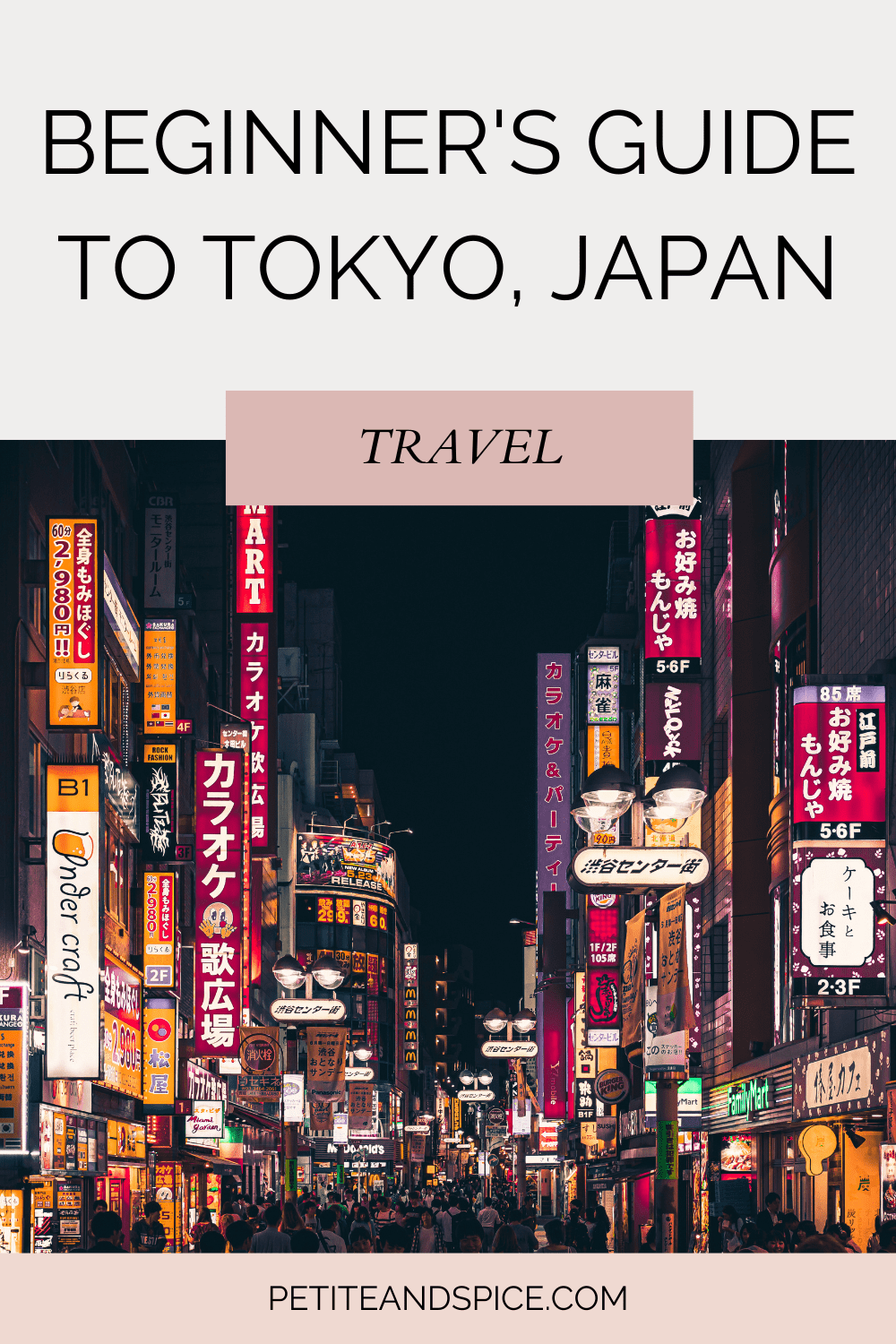

arigatou gozaimasu for your helpful post!
Wonderful detailed post that makes me want to go back to Japan because it has been awhile since I last saw Tokyo!! Love it!!
Very detailed post. Thanks for sharing.
Tokyo has always had such a place in my heart. I can’t wait to visit there one day – it looks like such a magical place.
Thank you for providing such a full list of things to do in Tokyo! Saving for future trips.
I’ve never been to Japan so this guide is super helpful, thanks so much for sharing. I’ll definitely be saving 🙂